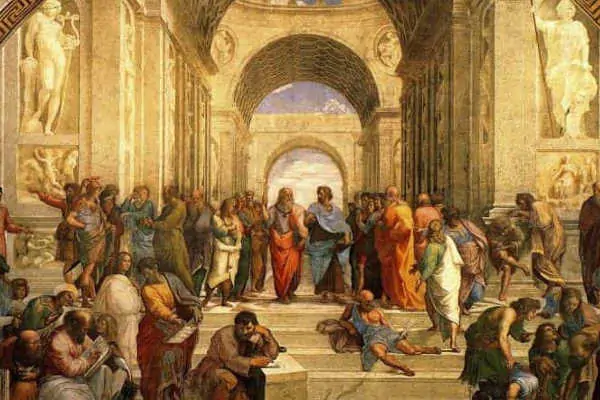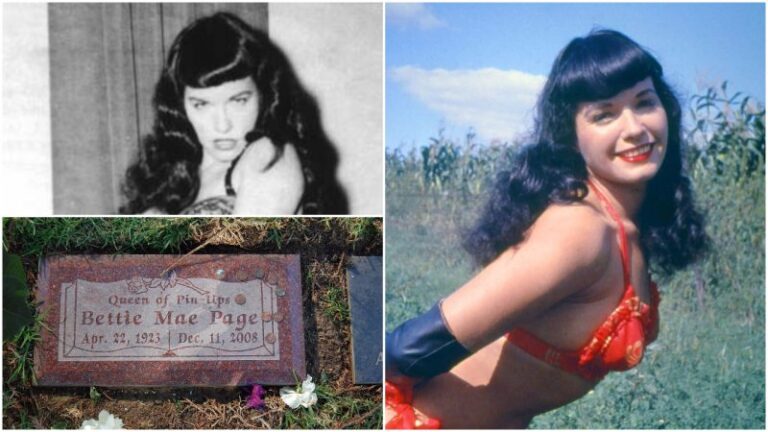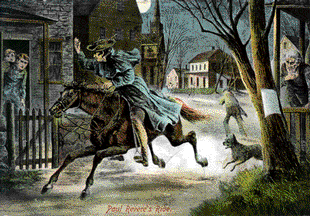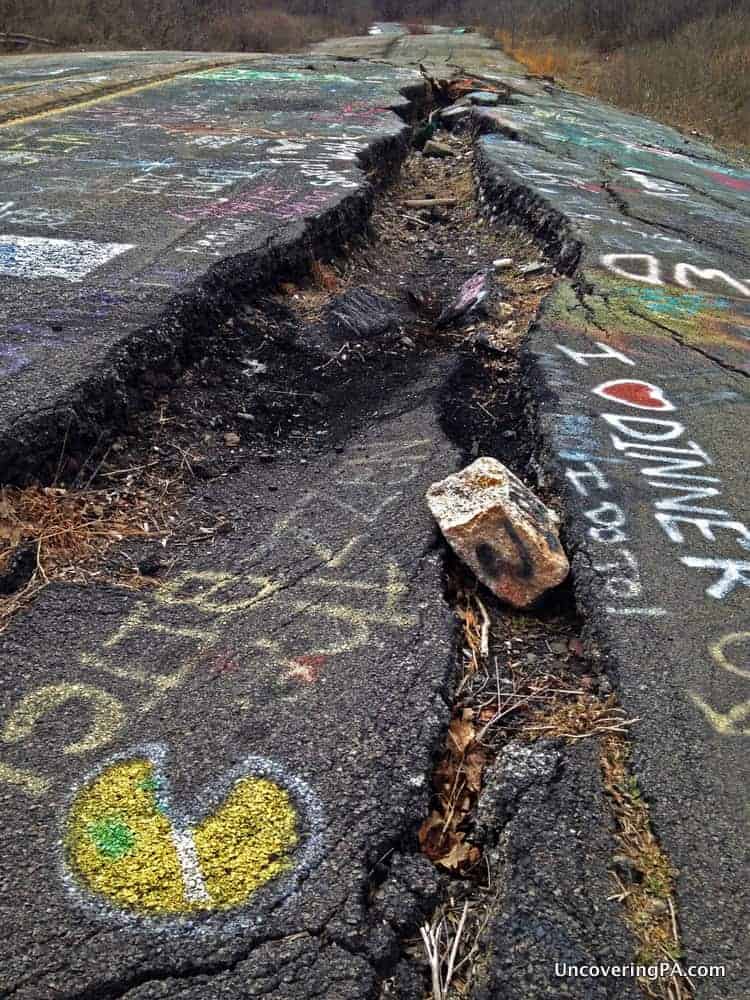Unveiling the Renaissance: Why Italy Sparked a Cultural Revolution
Explore the multifaceted reasons why the Renaissance began in Italy, including economic, political, and social factors, and understand why this period was pivotal for European culture and innovation.
Why Did the Renaissance Begin in Italy?
The Renaissance, a period of remarkable cultural and intellectual revival, began in Italy in the late 14th century and continued into the 17th century. This extraordinary era marked the transition from the medieval period to the early modern age, characterized by profound advancements in art, science, literature, and philosophy. But why did this cultural rebirth start in Italy? To understand this, we must delve into a combination of economic, political, social, and geographical factors that made Italy the perfect cradle for the Renaissance.
Economic Factors: Italy’s Flourishing Trade and Wealth
Italy’s economic landscape during the late medieval period provided a fertile ground for the Renaissance. The Italian city-states, including Florence, Venice, and Milan, were key players in a thriving trade network that spanned across Europe and the Mediterranean. Their economic prosperity was crucial in fostering an environment where art and culture could flourish.
- The Role of Italian City-States
- Florence, often regarded as the birthplace of the Renaissance, was a hub of banking and commerce. The city’s wealth allowed for significant patronage of the arts and the establishment of institutions like the Medici family’s art academy.
- Venice was renowned for its maritime trade, which brought immense wealth and a cosmopolitan atmosphere, influencing its artistic and cultural life.
- Milan’s strategic position in northern Italy and its role as a political and economic power further contributed to its cultural development.
- The Impact of Trade and Commerce
- The Silk Road and spice trade routes connected Italy with distant markets, facilitating the exchange of goods and ideas. This economic exchange not only enriched Italian city-states but also exposed them to diverse cultural influences.
- Merchants and banking families, such as the Medici, played a pivotal role in this economic boom. Their financial support for artists and scholars significantly impacted the Renaissance’s progress.
- Patronage and the Arts
- Wealthy patrons, including the Medici family, were instrumental in funding major artistic projects. Lorenzo de’ Medici, for instance, was a notable patron who supported artists like Sandro Botticelli and Leonardo da Vinci.
- Patronage allowed artists to experiment with new techniques and ideas, leading to revolutionary changes in art and architecture.
Political Landscape: Fragmentation and Competition
Italy’s political fragmentation in the late medieval period was a double-edged sword. While the lack of a unified nation-state led to constant political competition, it also fostered an environment where innovation and creativity could thrive.
- The Fragmented Political Structure of Italy
- Italy was divided into multiple independent city-states and kingdoms, such as the Papal States, the Kingdom of Naples, and the Duchy of Milan. This political fragmentation created a competitive atmosphere that spurred cultural and intellectual advancements.
- Political rivalry between city-states often resulted in the commissioning of grand artistic and architectural projects, as each sought to outshine the others.
- The Role of Political Leaders and Patrons
- Influential figures such as Pope Julius II and Duke Ludovico Sforza were patrons of the arts and sciences. Their support not only promoted the creation of masterpieces but also enhanced the cultural prestige of their respective regions.
- Political competition among city-states often led to advancements in art and science as leaders vied to demonstrate their power and sophistication through patronage.
Social and Cultural Factors: Humanism and the Revival of Classical Knowledge
The intellectual movement known as Humanism was at the heart of the Renaissance. This cultural and intellectual approach emphasized the study of classical antiquity and placed a high value on human potential and achievements.
- The Rise of Humanism
- Humanism emerged as a response to the scholasticism of the medieval period. It focused on the study of classical texts from ancient Greece and Rome, leading to a renewed interest in classical culture and philosophy.
- Key figures like Francesco Petrarca and Desiderius Erasmus were pivotal in promoting Humanist ideals. Their works encouraged a shift from religious to secular topics, influencing art, literature, and education.
- Rediscovery of Classical Antiquity
- The Renaissance saw a revival of Greek and Roman knowledge. Classical texts were rediscovered and translated, providing new insights into ancient philosophies and artistic techniques.
- Scholars and artists like Leonardo da Vinci and Michelangelo drew inspiration from classical art and architecture, incorporating classical ideals into their own works.
- Educational Reforms and Intellectual Exchange
- The establishment of universities and the reform of educational systems facilitated the spread of Renaissance ideas. Institutions like the University of Florence played a crucial role in shaping Renaissance thought.
- Intellectual exchange between scholars, artists, and patrons fostered a vibrant cultural atmosphere. Academies and salons became centers for discussing and disseminating new ideas.
Geographical Factors: Italy’s Unique Position
Italy’s geographical location and urbanization were significant factors in the development of the Renaissance. The country’s position made it a crossroads of trade and culture, enhancing its role as a cultural hub.
- Italy’s Geographic Advantages
- Italy’s location in the Mediterranean made it a central point for trade between Europe, Africa, and Asia. This strategic position facilitated the flow of ideas and goods, contributing to its cultural and economic vitality.
- The natural beauty of Italy, with its landscapes and historical ruins, also inspired artists and architects, influencing their work and fostering a unique Renaissance aesthetic.
- Urban Centers as Cultural Hubs
- Major cities like Florence, Venice, and Rome became cultural epicenters during the Renaissance. Their dense populations and vibrant social life provided a dynamic environment for artistic and intellectual pursuits.
- Urbanization led to the growth of cultural institutions such as libraries, art galleries, and academies, further nurturing Renaissance creativity.
Legacy of the Italian Renaissance
The impact of the Italian Renaissance extended far beyond Italy, influencing the rest of Europe and leaving a lasting legacy in various fields.
- Influence on the Rest of Europe
- The Renaissance spread from Italy to other European countries through trade, travel, and the dissemination of Renaissance ideas. Countries like France, Spain, and England adopted Renaissance styles and philosophies.
- Figures like Albrecht Dürer and Hans Holbein the Younger played a role in bringing Renaissance art and thought to Northern Europe.
- Lasting Impact on Western Culture
- The Renaissance profoundly impacted art, science, and philosophy. Innovations in painting, sculpture, and architecture laid the foundation for future artistic movements.
- The period’s emphasis on humanism and classical knowledge continues to influence modern Western culture, shaping contemporary thought and artistic expression.
Main Characters and Figures
| Name | Role | Contribution |
|---|---|---|
| Lorenzo de’ Medici | Patron of the Arts | Supported artists such as Botticelli and Leonardo da Vinci. |
| Leonardo da Vinci | Artist and Scientist | Known for works like the Mona Lisa and contributions to various scientific studies. |
| Michelangelo | Sculptor and Painter | Created masterpieces such as the David and the Sistine Chapel ceiling. |
| Francesco Petrarca | Poet and Scholar | One of the earliest proponents of Humanism. |
| Desiderius Erasmus | Scholar and Theologian | Prominent Humanist who contributed to educational reforms. |
| Pope Julius II | Patron and Political Leader | Commissioned significant works including Michelangelo’s Sistine Chapel ceiling. |
| Duke Ludovico Sforza | Political Leader and Patron | Supported Leonardo da Vinci and commissioned works like The Last Supper. |
References:
- Why Did the Renaissance Begin in Italy? https://www.historydefined.net/why-did-the-renaissance-begin-in-italy/
- Wikipedia: Lorenzo de’ Medici https://en.wikipedia.org/wiki/Lorenzo_de%27_Medici
- Wikipedia: Leonardo da Vinci https://en.wikipedia.org/wiki/Leonardo_da_Vinci
- Wikipedia: Michelangelo https://en.wikipedia.org/wiki/Michelangelo
- Wikipedia: Francesco Petrarca https://en.wikipedia.org/wiki/Francesco_Petrarca
- Wikipedia: Desiderius Erasmus https://en.wikipedia.org/wiki/Desiderius_Erasmus






